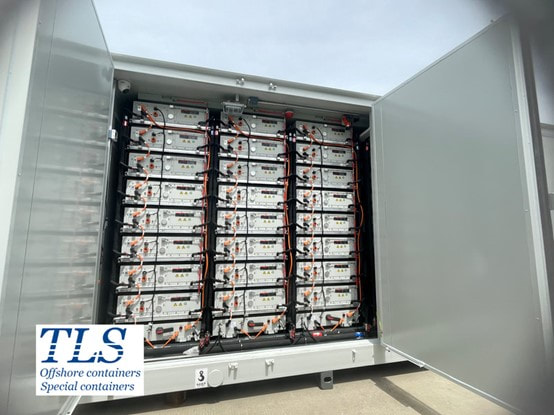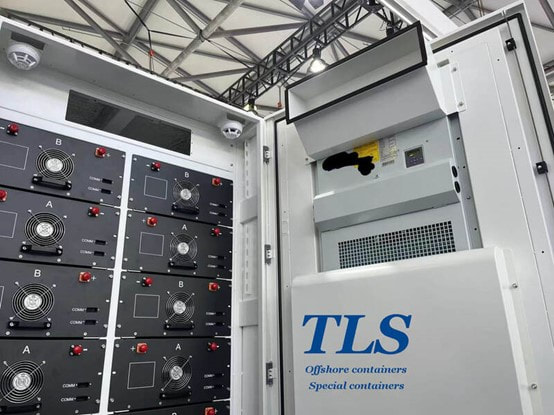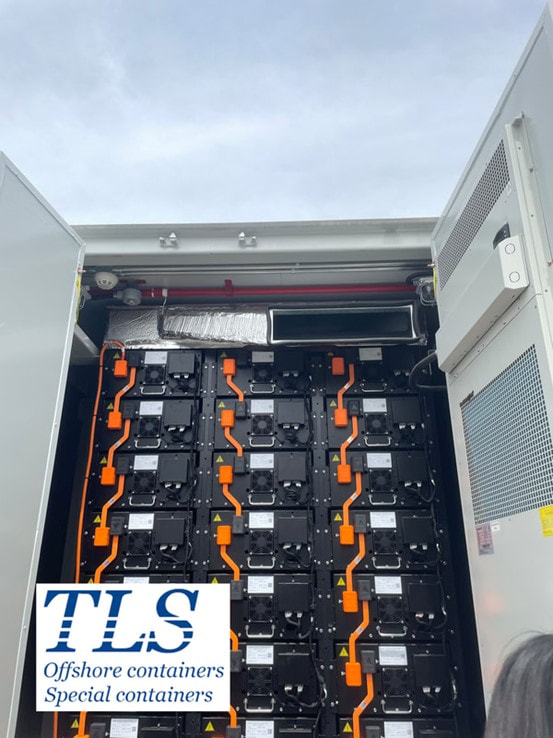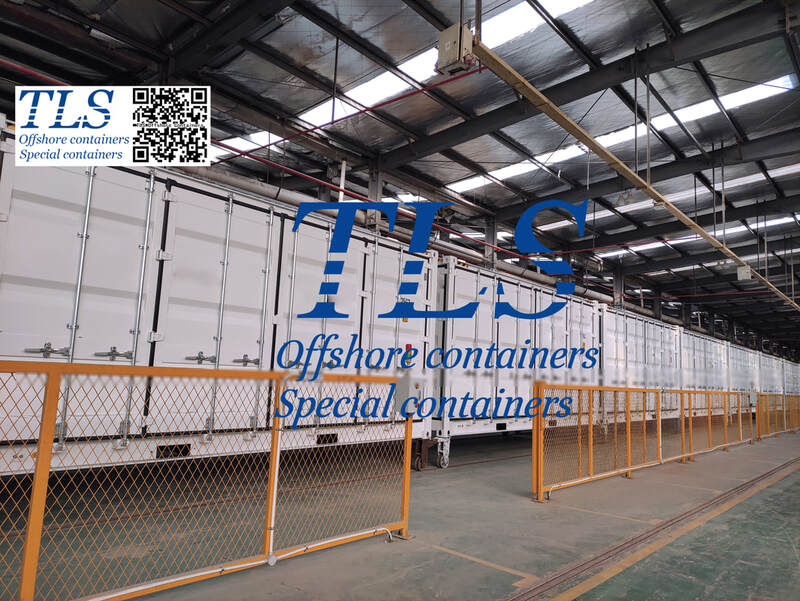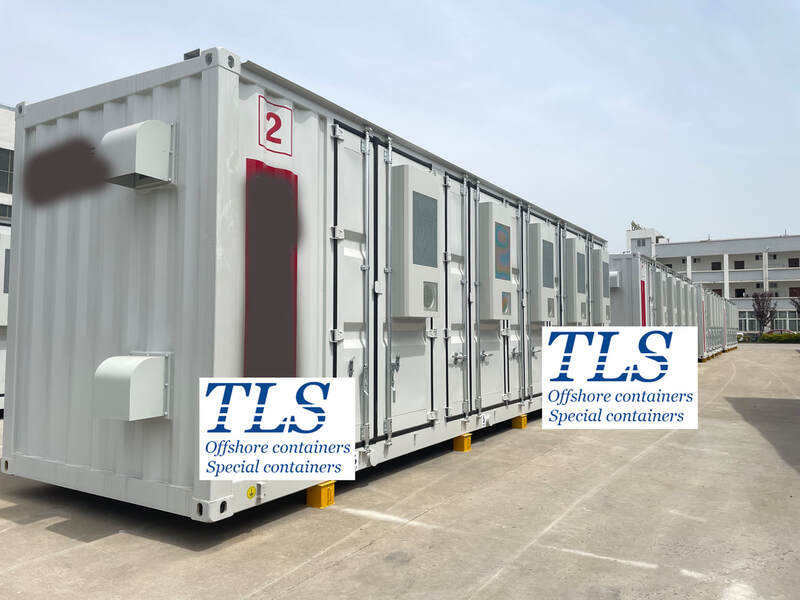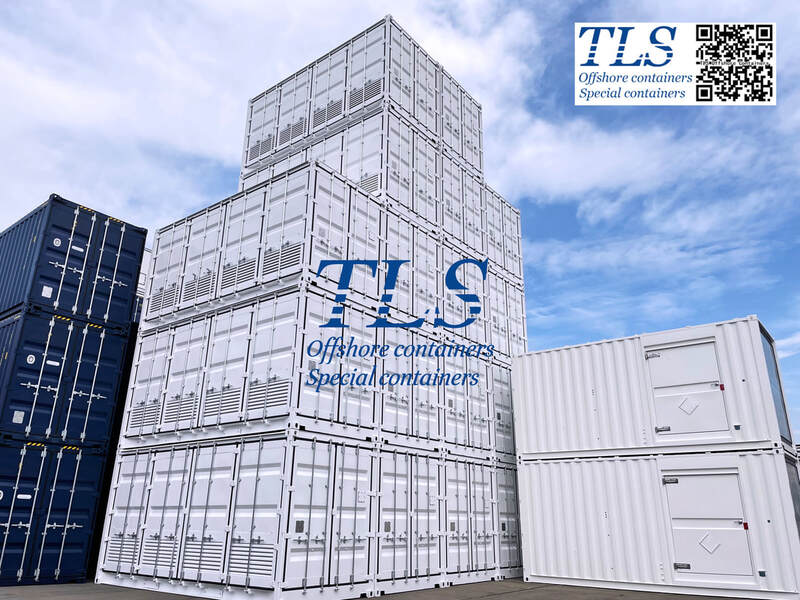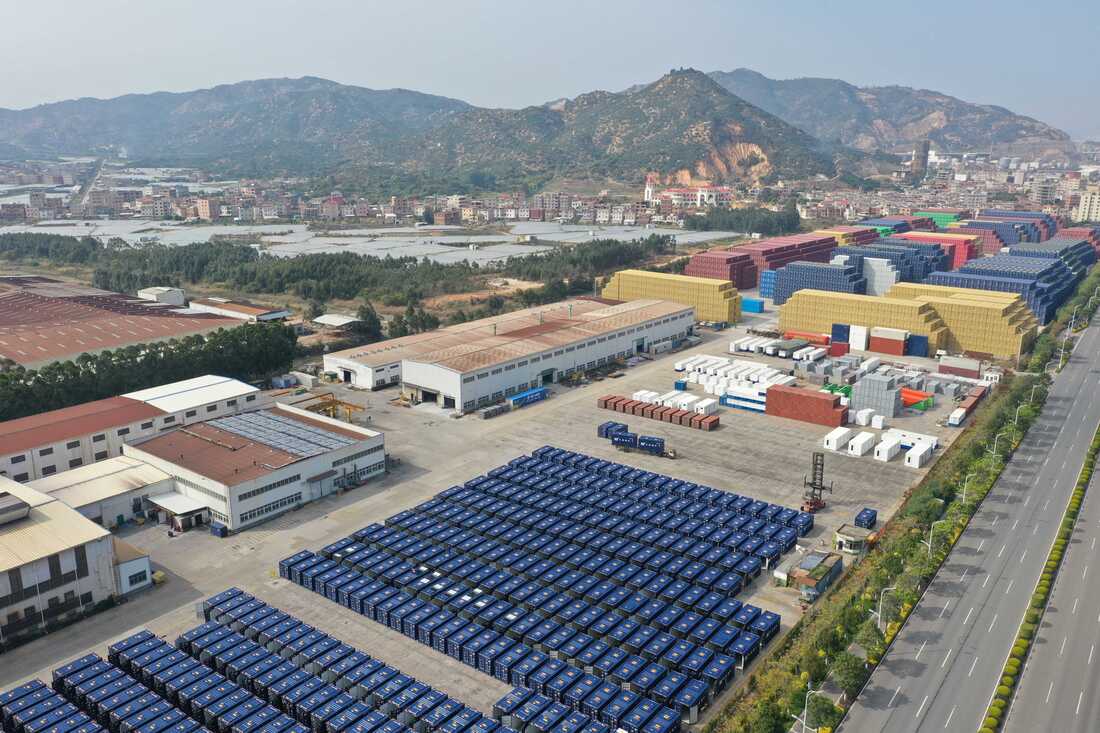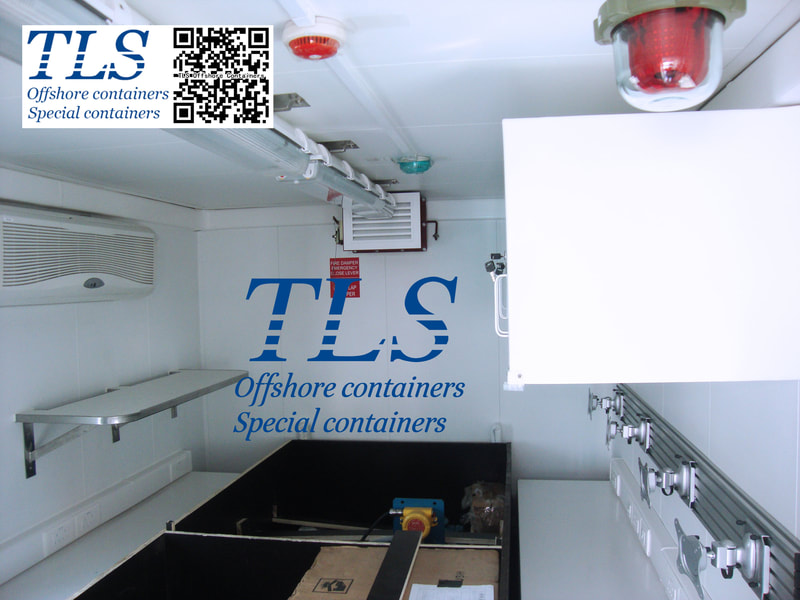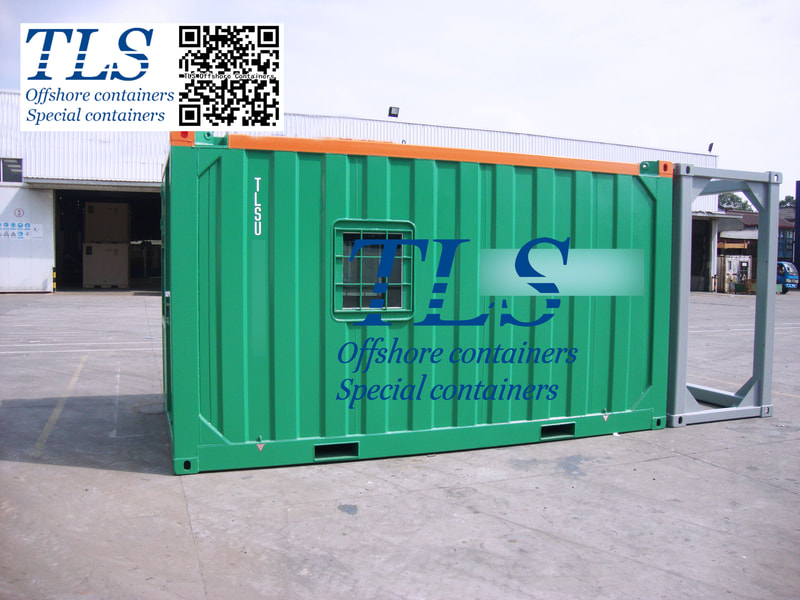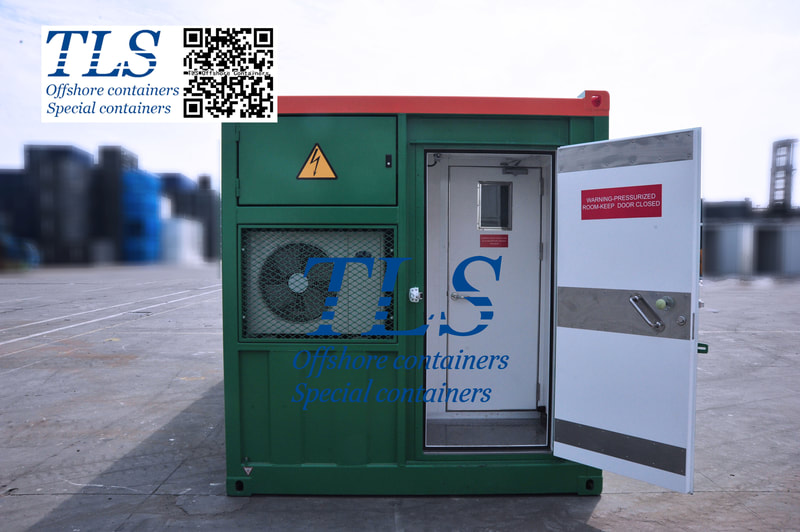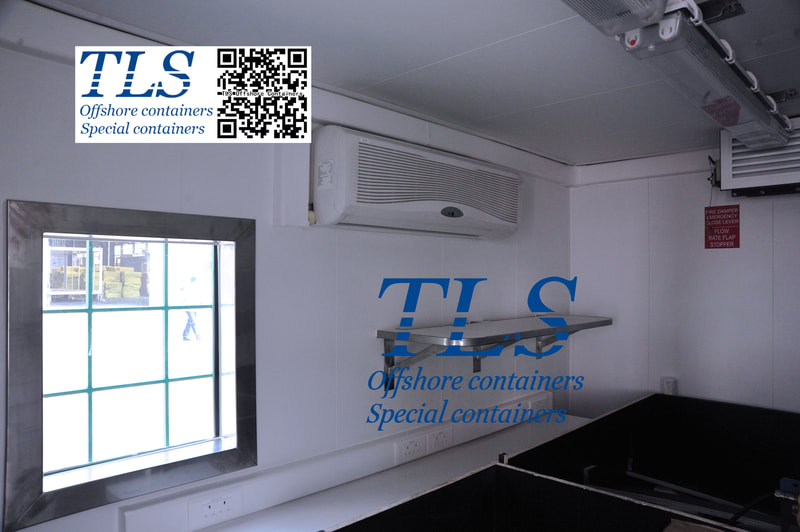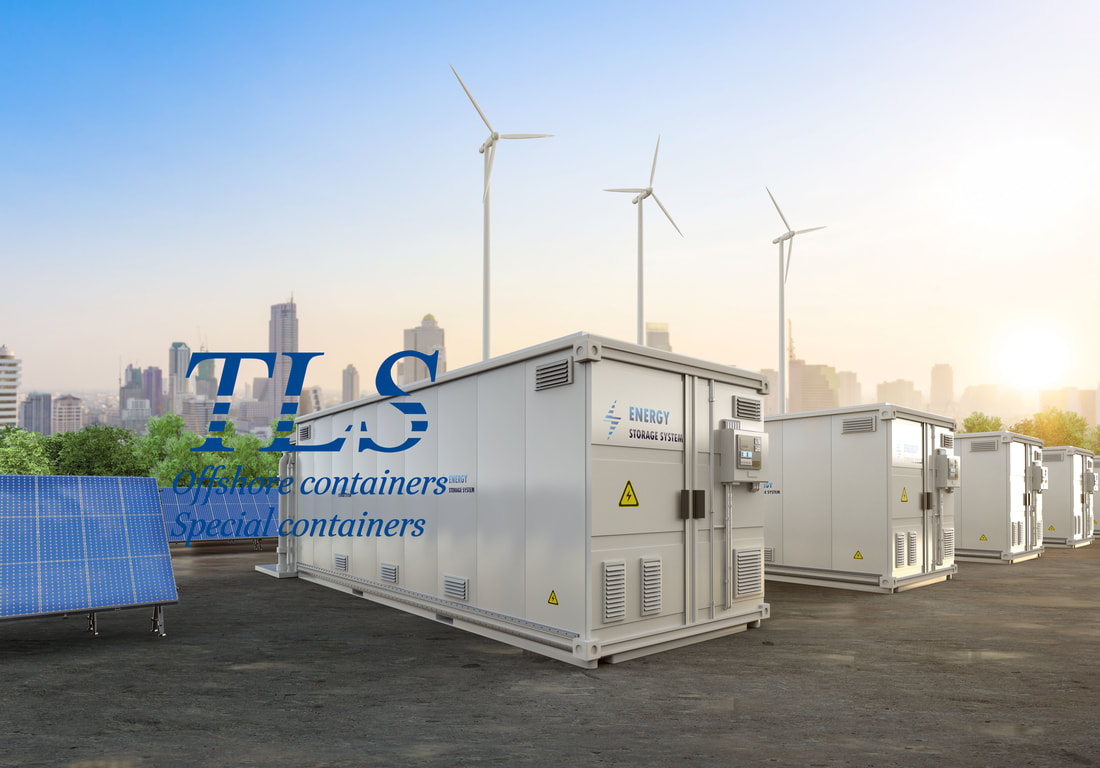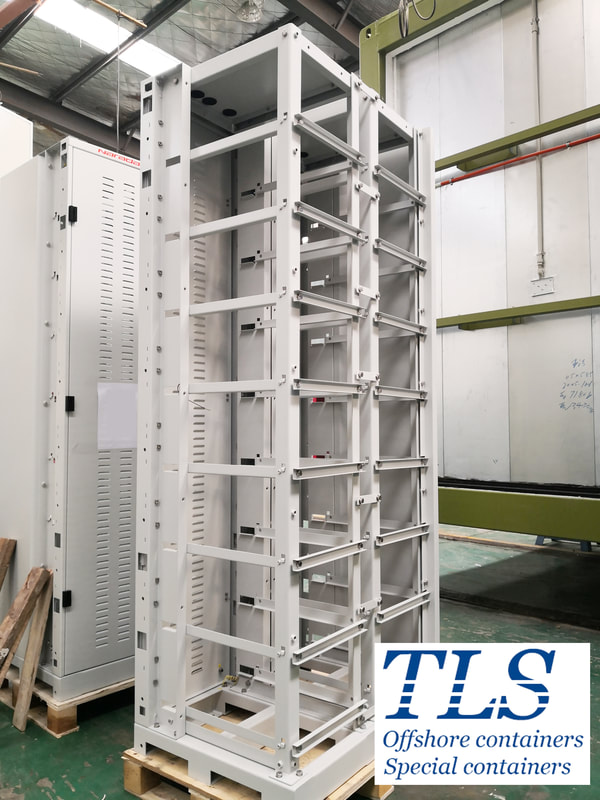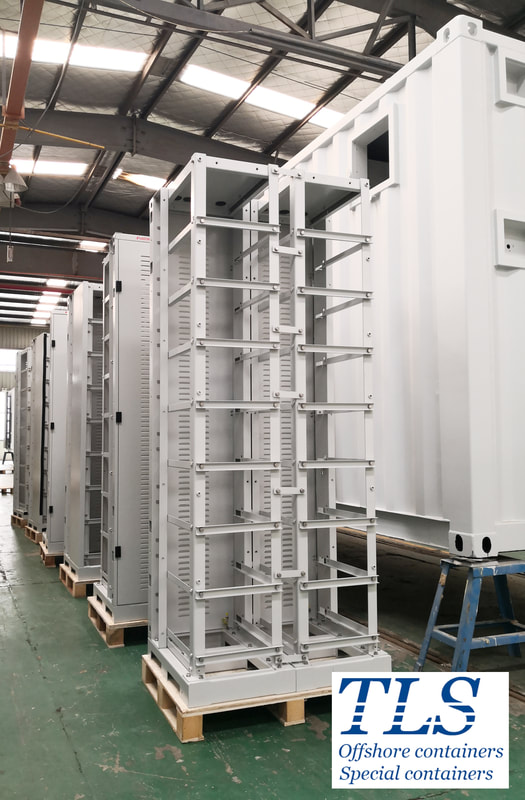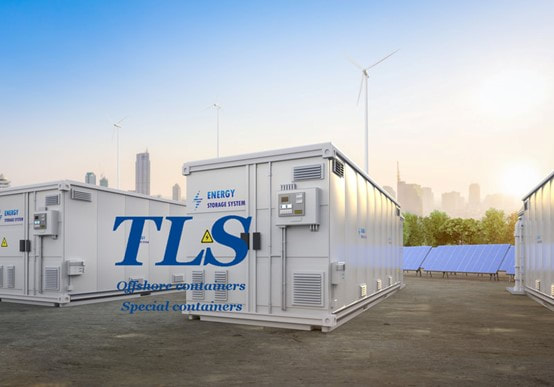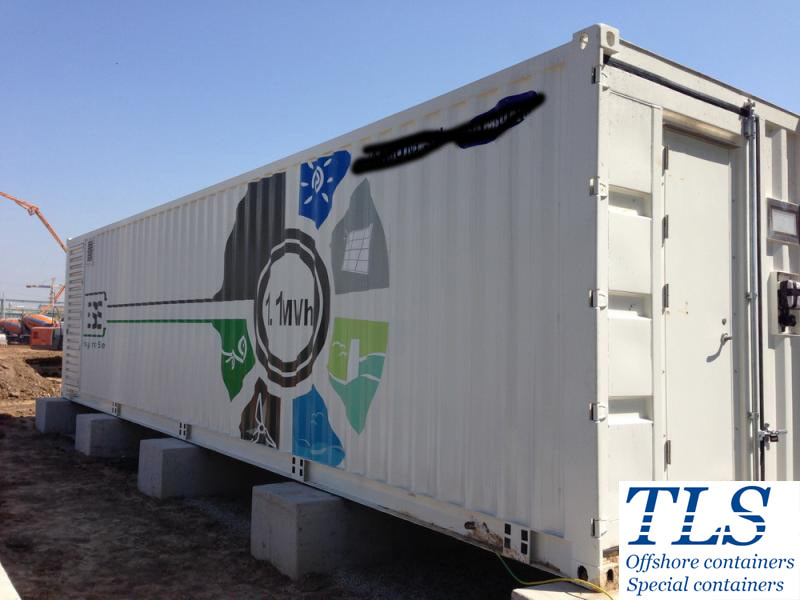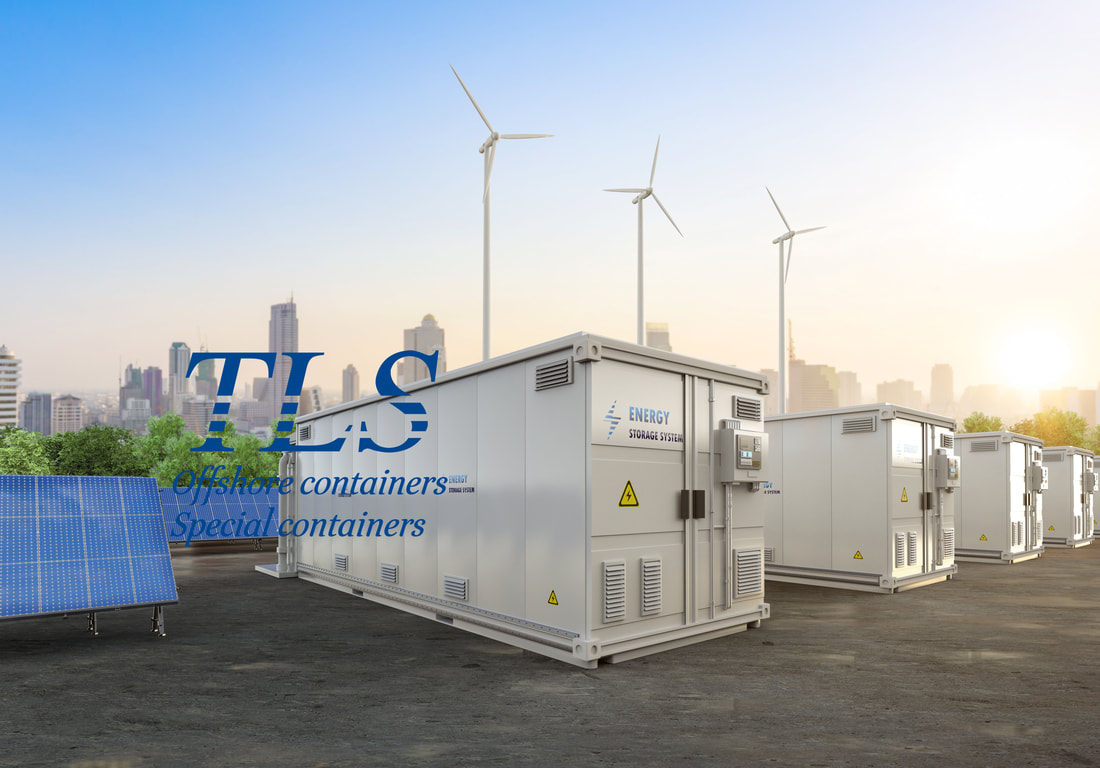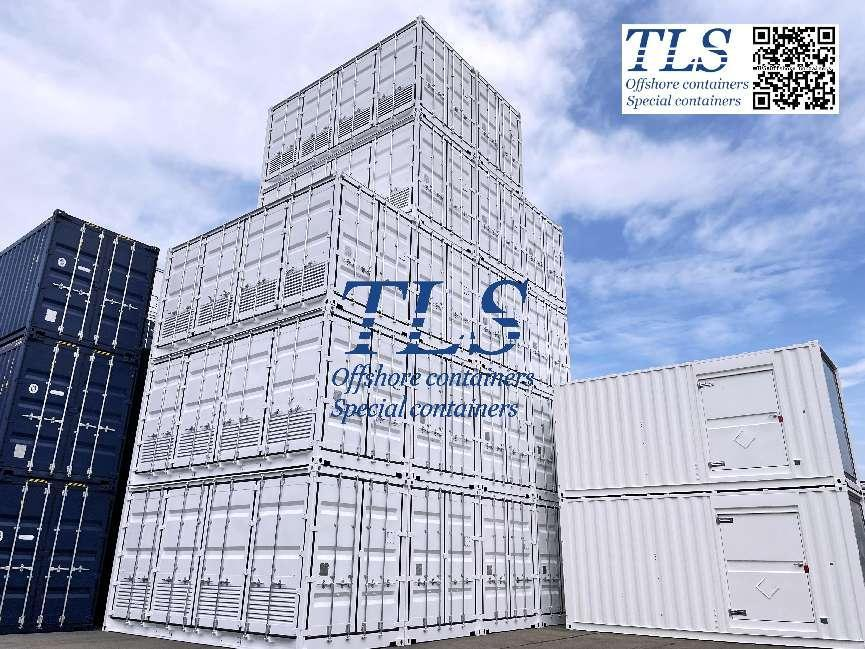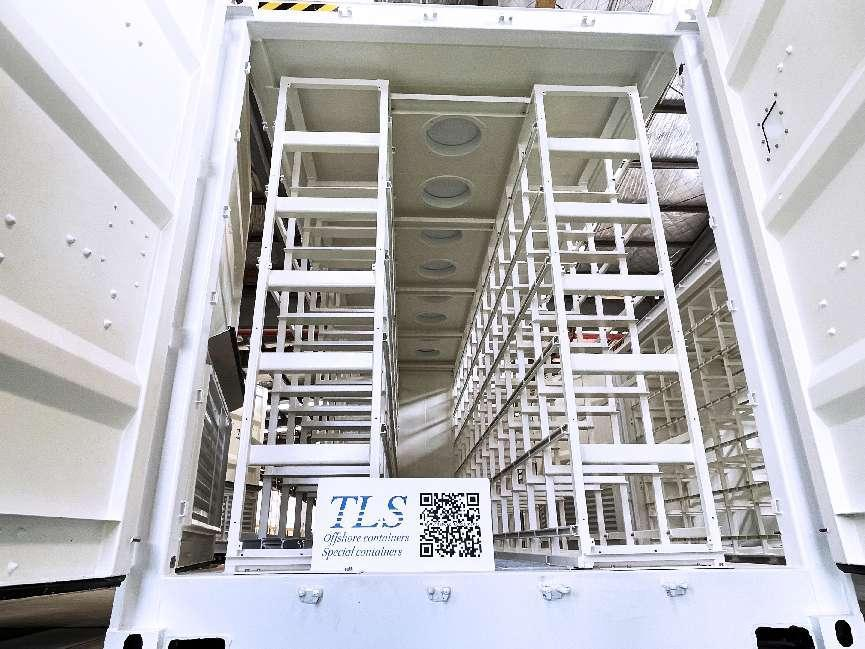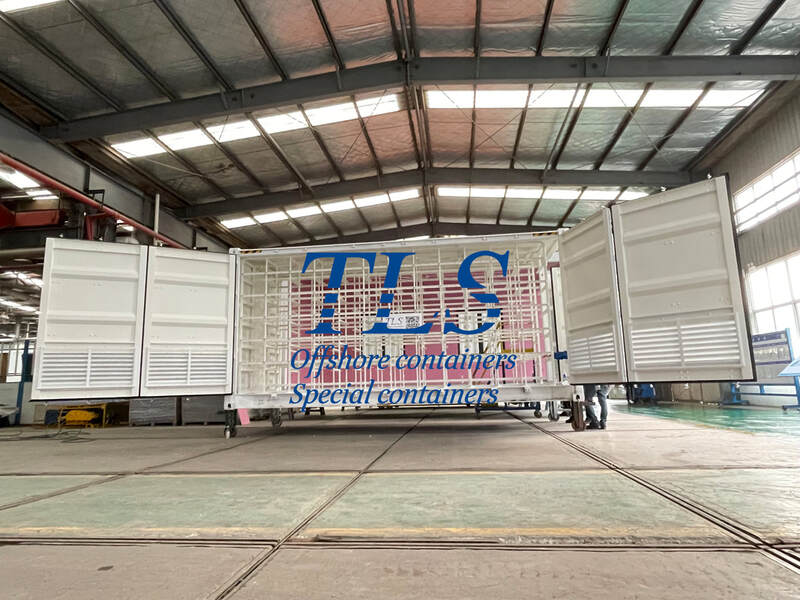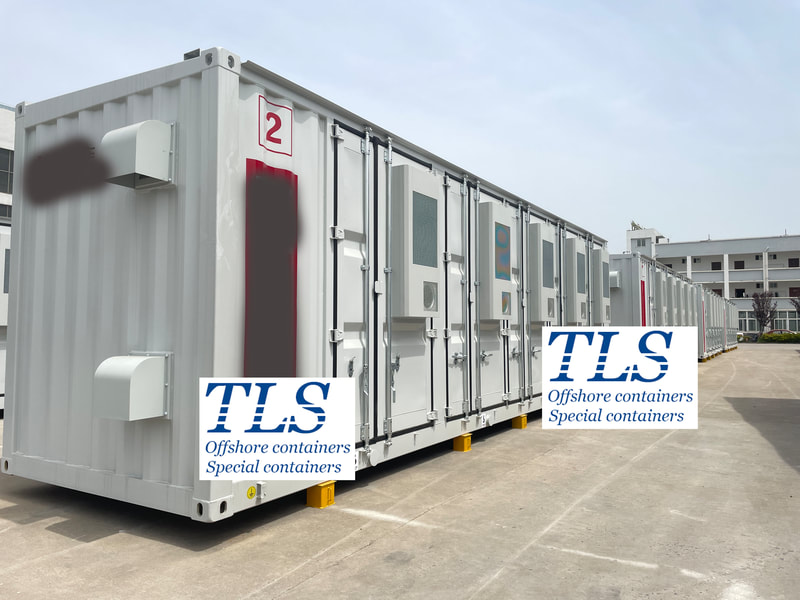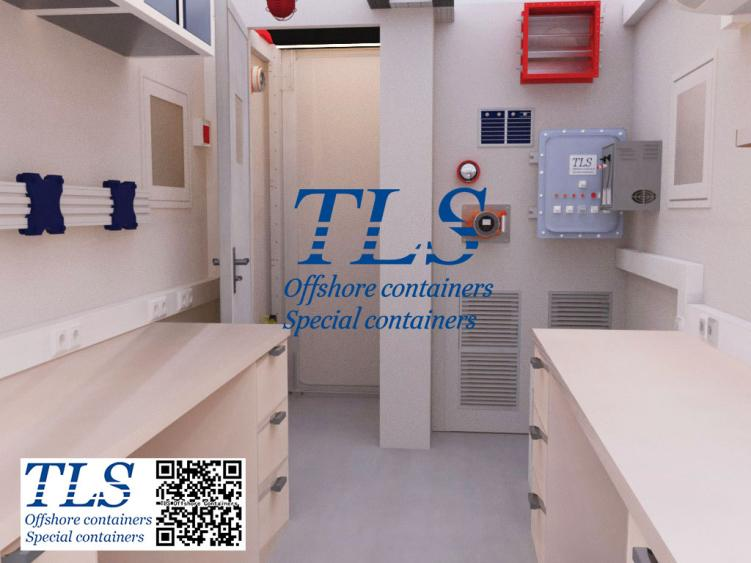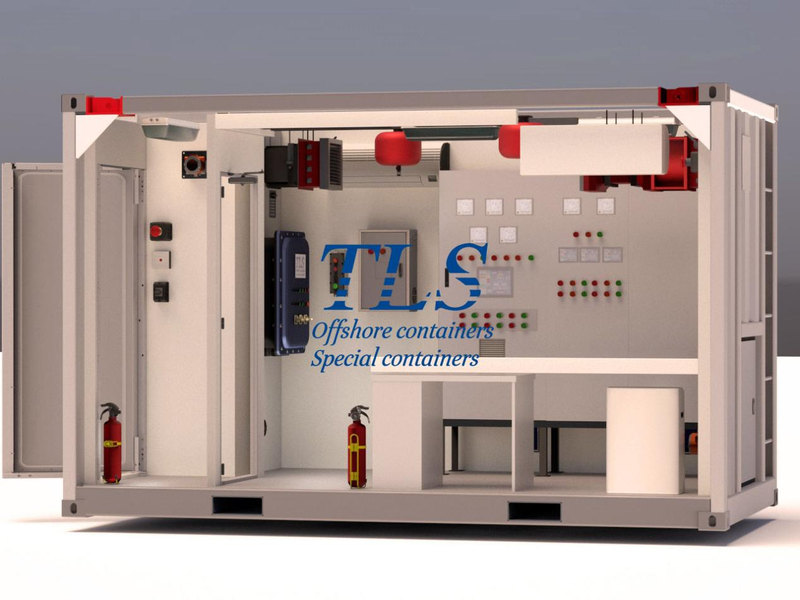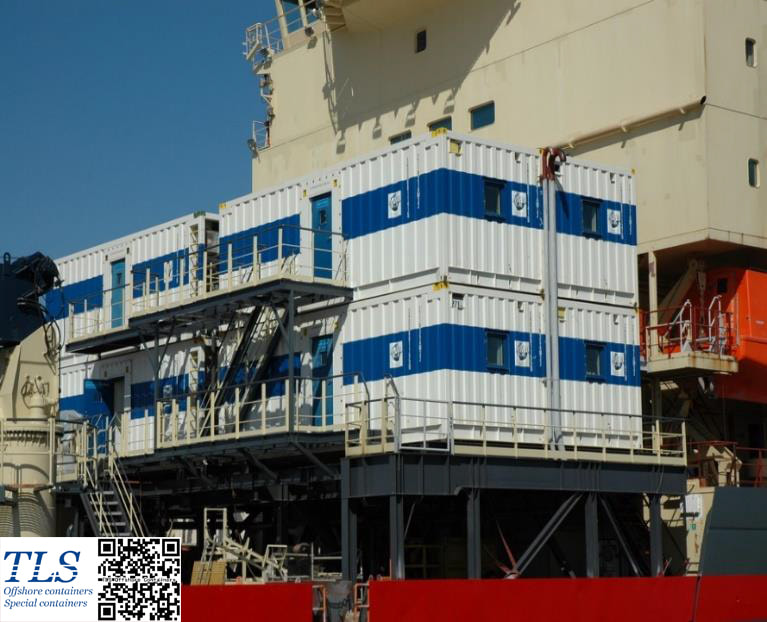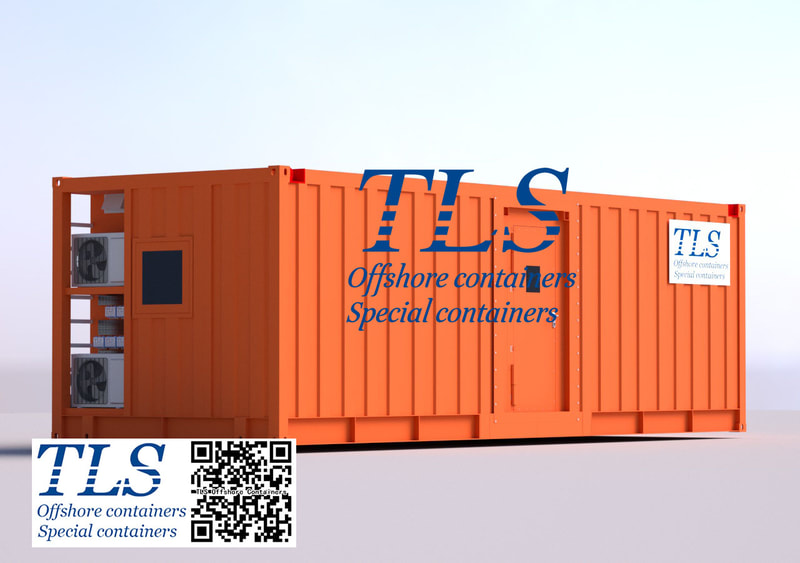Optimizing Forced Air-Cooling Technology for Energy Storage Systems: Key Factors and Components6/30/2023
Forced air-cooling technology is a critical component in energy storage systems, ensuring optimal operating temperatures and efficient performance. Understanding the key factors and components of this technology is essential for maximizing the effectiveness of air cooling in energy storage systems. In this article, we will explore the key elements that contribute to the success of forced air-cooling technology, highlighting its importance and potential benefits for energy storage systems.
Conclusion: Forced air-cooling technology plays a vital role in energy storage systems, ensuring efficient cooling and optimal performance. Customized air duct designs, efficient airflow distribution, and well-designed control systems are key factors that contribute to the success of this technology. By implementing these components effectively, energy storage systems can achieve enhanced efficiency, prolong battery lifespan, and ensure reliable operation. With the continued advancements in forced air-cooling technology, we can expect even greater optimization of energy storage systems, leading to increased sustainability and effectiveness in the future. TLS Offshore Containers / TLS Special Containers is a global supplier of standard and customised containerised solutions. Wherever you are in the world TLS can help you, please contact us. Regarding the Battery Energy Storage System (BESS) container, please download Energy Storage System (ESS) Containers brochure for reference. #Forced air-cooling #Energy storage systems #Air duct design #Airflow distribution #Heat exchange #Battery cooling #Parallel ventilation #Serial ventilation #Temperature regulation #Air conditioner control Written by OliverComprehensive Guide to Designing BESS Container Enclosures: Key Considerations and Best Practices6/30/2023
Designing a Battery Energy Storage System (BESS) container enclosure requires a comprehensive understanding of several key factors. This guide provides an in-depth look at these considerations, helping you navigate the process effectively. Firstly, understanding the specific requirements of your BESS is crucial. This encompasses the system's capacity, the type of batteries used, expected operating conditions, and any site-specific requirements. Thermal management is another significant aspect. Given the heat generated by batteries, the enclosure design must incorporate effective thermal management strategies. These could range from ventilation systems and cooling systems to insulation, based on the system's specific needs. Safety is paramount in BESS enclosure design. Incorporating features such as fire suppression systems, emergency exits, and safety signage is essential. Additionally, the design should deter unauthorized access. The design should also facilitate ease of maintenance. This can be achieved through features like removable panels, easy access to all system parts, and clear component labeling. Compliance with standards and regulations is non-negotiable. The enclosure design must adhere to local building codes, electrical codes, and battery-specific standards. Notably, the container enclosure should be ISO and CSC certified for transportation. The enclosure design should also allow for seamless integration with other systems. These could include the electrical grid, renewable energy sources, or building management systems. Once the design is complete, it's important to build a prototype and test it under various conditions. This ensures the final product meets all requirements and performs as expected. After testing and necessary design revisions, the final enclosure can be manufactured and installed. When it comes to manufacturing BESS container enclosures, TLS Offshore Containers International stands out as a leading player. They specialize in producing high-quality, ISO and CSC certified containers that meet the stringent requirements of BESS installations. Their containers are designed with safety, durability, and ease of maintenance in mind, making them a preferred choice for many BESS projects." In today's modern society, the comfort and well-being of employees in the workplace have become increasingly important. With advancements in technology and innovation, new solutions for office spaces have emerged. Among them, positive pressure office containers have gained popularity.
Construction Sites: They provide temporary office spaces for construction teams, enabling efficient coordination and management with a comfortable working environment and superior air quality. Exhibitions and Event Venues: These containers serve as temporary display and office spaces, catering to exhibitions, events, conferences, and trade shows. They can be quickly deployed, offering exhibitors and organizers a comfortable, clean, and safe workspace. Temporary Projects and On-Site Offices: They are ideal for temporary projects and on-site work requirements. The mobility and flexibility of positive pressure office containers allow for easy relocation, providing isolated and secure office spaces for industries such as mining, energy, and surveying. Disaster Recovery and Emergency Response: Positive pressure office containers play a vital role in post-disaster recovery and emergency response efforts. They can be rapidly deployed to disaster-stricken areas, serving as safe, comfortable workspaces for government agencies, rescue organizations, and volunteers. Creative Workspaces: Positive pressure office containers offer innovative design possibilities for creative workspaces. By incorporating personalized decoration and design elements, these containers create unique and comfortable environments suitable for creative industries, design studios, and artist studios. Positive pressure office containers offer flexibility, mobility, and multifunctionality, making them suitable for various settings and needs. They provide comfortable, clean, and secure office spaces in different work scenarios, resulting in improved efficiency and employee satisfaction. Whether it is for temporary projects, construction sites, exhibitions, emergency response, or creative workspaces, positive pressure office containers represent an innovative solution for modern workplaces, prioritizing employee well-being and productivity. The design of Battery Energy Storage System (BESS) containers has evolved significantly over the years, driven by advancements in technology, changing market demands, and lessons learned from operational experience. Here are some of the key trends shaping the design of BESS containers today: 1. Modularity: Modularity is a major trend in BESS container design. Modular systems are easier to scale up or down, allowing for greater flexibility in meeting specific energy storage needs. This approach also simplifies maintenance and replacement of individual components. 2. Thermal Management: As BESS containers house high-energy-density batteries, effective thermal management is crucial to ensure safety and prolong battery life. Advanced cooling systems, such as liquid cooling or phase change materials, are increasingly being incorporated into BESS container designs. 3. Safety Enhancements: Safety is paramount in BESS design. This includes features to prevent, detect, and mitigate thermal runaway, such as advanced Battery Management Systems (BMS), fire suppression systems, and designs that allow for safe venting of gases. 4. Integration of Advanced Technologies: The integration of advanced technologies, such as AI and IoT, is becoming more common in BESS container design. These technologies enable real-time monitoring and predictive maintenance, improving the efficiency and reliability of the system. 5. Energy Efficiency: With growing emphasis on sustainability, designs that maximize energy efficiency are in demand. This includes the use of energy-efficient components, as well as designs that minimize energy loss, such as advanced insulation and optimized layouts. 6. Customization: As BESS applications become more diverse, there is a growing trend towards customization of BESS container designs to meet specific application requirements. This can include factors such as size, power and energy capacity, and integration with other systems. 7. Compliance with Standards: As the BESS industry matures, there is a growing emphasis on compliance with safety and performance standards. This includes standards related to electrical safety, fire safety, environmental impact, and more. In conclusion, the design of BESS containers is a dynamic field, with ongoing advancements in technology and evolving market needs driving continuous innovation. As we look to the future, we can expect to see further enhancements in areas such as safety, efficiency, modularity, and integration of advanced technologies. In a Battery Energy Storage System (BESS) container, the design of the battery rack plays a crucial role in the system's overall performance, safety, and longevity. The battery rack is essentially the structure that houses the individual battery modules, and its design involves several key considerations. 1. Material Selection: The material used for the battery rack should be durable and resistant to the environmental conditions within the BESS container. Typically, materials like stainless steel or aluminum are used due to their strength, corrosion resistance, and relatively light weight. 2. Thermal Management: The design of the battery rack should facilitate effective thermal management. This could involve the use of air or liquid cooling systems, and the rack should be designed to allow for efficient heat dissipation. 3. Accessibility and Maintenance: The battery rack should be designed to allow for easy access to the individual battery modules for maintenance or replacement. This often involves the use of sliding or removable trays. 4. Safety Considerations: The rack should be designed with safety in mind. This includes features such as insulation to prevent electrical shorts, and containment structures to prevent the spread of any potential thermal events. 5. Space Optimization: The design of the battery rack should make efficient use of the available space within the BESS container. This often involves stacking the battery modules in multiple layers, while still allowing for adequate ventilation and cooling. 6. Modularity: A modular design allows for flexibility in terms of the system's capacity and power. It allows for easy expansion or reduction of the system's capacity by adding or removing battery modules. 7. Structural Stability: Given the substantial weight of the battery modules, the rack needs to be structurally stable to withstand the load, as well as any external forces such as those experienced during transportation. 8. Compliance with Standards: The design of the battery rack should comply with relevant safety and performance standards, such as those outlined by the National Electrical Manufacturers Association (NEMA) or the International Electrotechnical Commission (IEC). In conclusion, the design of the battery rack in a BESS container is a complex task that requires careful consideration of various factors. A well-designed battery rack can significantly enhance the performance, safety, and longevity of the BESS, making it a critical component of the system. Understanding MW and MWh in Battery Energy Storage Systems (BESS): Key Specifications Explained6/28/2023
In the context of a Battery Energy Storage System (BESS), MW (megawatts) and MWh (megawatt-hours) are two crucial specifications that describe different aspects of the system's performance. Understanding the difference between these two units is key to comprehending the capabilities and limitations of a BESS. 1. MW (Megawatts): This is a unit of power, which essentially measures the rate at which energy is used or produced. In a BESS, the MW rating typically refers to the maximum amount of power that the system can deliver at any given moment. For instance, a BESS rated at 5 MW can deliver up to 5 megawatts of power instantaneously. This specification is important for applications that require high power over short periods, such as frequency regulation in power grids or fast charging of electric vehicles. 2. MWh (Megawatt-hours): This is a unit of energy, which measures the total amount of electricity that can be stored or delivered over time. In a BESS, the MWh rating typically refers to the total amount of energy that the system can store. For instance, a BESS rated at 20 MWh can deliver 1 MW of power continuously for 20 hours, or 2 MW of power for 10 hours, and so on. This specification is important for applications that require energy delivery over extended periods, such as load shifting or backup power supply. The MW and MWh specifications of a BESS are both important, but they serve different purposes. The MW rating determines how much power the system can deliver at any moment, while the MWh rating determines how long the system can deliver that power. In other words, the MW rating is about the "speed" of energy delivery, while the MWh rating is about the "distance" or duration of energy delivery. In terms of their importance in the design and operation of a BESS, both specifications are crucial. The MW rating is primarily determined by the power capabilities of the battery cells and the power electronics in the system, such as inverters and converters. The MWh rating, on the other hand, is primarily determined by the energy capacity of the battery cells and the total number of cells in the system. In conclusion, understanding the MW and MWh specifications of a BESS is essential for assessing its suitability for different applications. A system with a high MW rating but a low MWh rating might be suitable for short-duration, high-power applications, while a system with a low MW rating but a high MWh rating might be more suitable for long-duration, low-power applications. Therefore, the selection of a BESS should always be based on a careful consideration of both its MW and MWh specifications, in relation to the specific requirements of the intended application. In the realm of renewable energy, one of the most significant challenges is energy storage. As the world shifts towards greener energy sources like solar and wind power, the need for efficient, scalable, and flexible energy storage solutions has never been more critical. Enter the Battery Energy Storage System (BESS) container by TLS Offshore Containers, a game-changing solution designed to address this very challenge. The BESS container is a containerized solution that stores and manages energy generated from renewable sources. Its modular design allows for easy transportation and deployment in various locations, making it a cost-effective solution for energy storage. One of the key advantages of the BESS container is its scalability. These containers can be stacked and combined to increase overall storage capacity, making them ideal for large-scale renewable energy projects. They can store energy during off-peak hours and release it during peak demand periods, helping to balance the grid and reduce reliance on fossil fuels. Moreover, BESS containers offer unparalleled flexibility. They can be easily transported and deployed in remote or off-grid locations where traditional energy storage solutions may not be feasible. They can also be integrated with other renewable energy technologies such as solar panels and wind turbines, creating a comprehensive and efficient energy system. Safety is a top priority with BESS containers. They come with built-in safety features to protect the stored energy from hazards such as fire and extreme weather conditions. These features include fire suppression systems and weatherproofing, ensuring the stored energy is safe and secure. At TLS Offshore Containers International, we offer three distinct types of BESS containers, each designed to cater to the unique needs of our global clientele. 1. Container Enclosure Body with Battery Rack: This is a basic container enclosure body equipped with a battery rack. It provides clients with the flexibility to integrate additional components as per their specific requirements. 2. Semi-Integrated BESS Container Solution: This package comes with a battery rack and essential auxiliary components, including a fire fighting system, a battery cooling system, a lighting system, and an earthing system. It offers a more complete solution while leaving room for further customization based on client needs. 3. Total BESS Container Solution: This is our most comprehensive offering. This turnkey solution is tailored to the client's specific needs for either off-grid or on-grid applications, making it an ideal choice for clients seeking a ready-to-deploy energy storage solution. With these versatile offerings, TLS Offshore Containers International has become a preferred choice for clients seeking tailored energy storage solutions. We are committed to providing innovative and flexible solutions that meet the evolving needs of the renewable energy storage sector. The BESS containers by TLS Offshore Containers represent a significant leap forward in renewable energy storage. With their scalability, flexibility, and built-in safety features, they offer a cost-effective and modular solution for organizations looking to implement renewable energy projects and reduce their reliance on fossil fuels. Intelligent Pressure Containers: Advancing Safety and Efficiency in Hazardous Environments6/26/2023
Introduction: Intelligent pressure containers, developed by TLS, are innovative solutions designed to create secure environments using positive pressure differentials. With broad applications across industries, these containers offer valuable benefits in hazardous settings like the oil and gas industry and chemical processing plants. In this article, we will explore how intelligent pressure containers are employed in the oil and gas sector, focusing on their role in MWD/LWD cabins, MCC shelters, and MUD logging cabins. Additionally, we will discuss the integration of intelligent features within these containers, ensuring the safety and efficiency of critical equipment. Section 1: MWD/LWD Cabin MWD/LWD cabins play a pivotal role in collecting data and measurements during drilling operations. By housing advanced tools and instruments, these cabins enable the monitoring of temperature, pressure, and formation properties. Intelligent pressure containers provide a controlled and secure environment for sensitive sensors and electronics, contributing to well safety and operational efficiency. Section 2: MCC Shelter MCC shelters are essential for housing electrical equipment used in controlling and monitoring drilling operations. Intelligent pressure containers offer an ideal solution for storing and transporting MCC equipment, providing a clean, dry, and safe environment for delicate electronics. These containers can be pressurized to prevent dust and other contaminants from entering, safeguarding equipment against shock and vibration during transportation. Section 3: MUD Logging Cabin MUD logging cabins serve as portable laboratories, facilitating accurate evaluation of formation samples. These cabins are equipped with essential functions and equipment for surface loggers, enabling them to obtain precise results efficiently. Intelligent pressure containers can be seamlessly integrated into mud logging cabins, creating controlled environments that ensure optimal conditions for sample analysis. Section 4: Integration of Intelligence in Containers Intelligent pressure containers incorporate various technologies to enhance their functionality. Sensors, electronic controls, and communication systems enable continuous monitoring and adjustment of internal pressure levels. They also regulate temperature and humidity, creating optimal conditions for equipment within the containers. Wireless communication technologies allow for real-time data transmission, facilitating monitoring and analysis. Conclusion: Intelligent pressure containers are revolutionizing safety and efficiency in hazardous environments, particularly within the oil and gas industry. By providing secure and efficient environments for critical equipment such as MWD/LWD and MCC, these containers prioritize worker safety and enhance operational effectiveness. The integration of intelligent technologies further augments their capabilities, enabling real-time monitoring and control. Choose TLS for reliable intelligent pressure containers that meet the stringent demands of the oil and gas sector, ensuring safety and productivity in challenging environments. TLS Offshore Containers / TLS Special Containers is a global supplier of standard and customised containerised solutions. Wherever you are in the world TLS can help you, please contact us. Regarding Intelligent pressurized containers from TLS , please download Offshore pressurised mud logging cabin brochure and MCC | Switchgear | VFD | VSD pressurised shelter for reference. #Intelligent pressure containers #Hazardous environments #Oil and gas industry #Positive pressure differentials #Safety and efficiency #MWD/LWD cabins #MCC shelters #MUD logging cabins #Integration of intelligence #Equipment protection Written by OliverOffshore operations, including oil and gas exploration, renewable energy installations, and marine research, often require accommodating a workforce in remote and challenging environments. In recent years, offshore accommodation containers have revolutionized the way companies approach workforce housing. These containers offer numerous benefits, including flexibility, cost-effectiveness, mobility, and sustainability. In this article, we will delve into the advantages of offshore accommodation containers and their transformative impact on offshore operations.
Conclusion: Offshore accommodation containers have transformed the landscape of workforce housing in offshore operations. Their versatility, mobility, durability, cost-effectiveness, and sustainability make them an ideal choice for companies operating in remote and challenging environments. By providing customizable living spaces, ensuring mobility and scalability, prioritizing safety, and offering cost advantages, these containers optimize offshore operations and enhance the well-being of the workforce. As the industry continues to evolve, offshore accommodation containers will remain a key component in supporting the success and efficiency of offshore projects. TLS Offshore Containers / TLS Special Containers is a global supplier of standard and customised containerised solutions. Wherever you are in the world TLS can help you, please contact us. More information about accommodation modulars, offshore accommodation cabins, gallery module, mess module, etc. Please download TLS accommodation modular brochure , TLS ABS approved offshore accommodation module brochure for reference. #Offshore accommodation #Offshore housing #Offshore workforce housing #Offshore living quarters #Accommodation containers #Offshore modular housing #Remote workforce housing #Offshore project accommodation #Offshore accommodation solutions #Offshore accommodation units Written by OliverIn the ever-evolving landscape of renewable energy, efficient and effective storage solutions are of paramount importance. One company that has carved a niche in this sector is TLS Offshore Containers International, known for its customized Battery Energy Storage System (BESS) containers. This article provides an in-depth exploration of the three distinct types of BESS containers offered by TLS Offshore Containers International, each designed to cater to the unique needs of clients worldwide. **The Need for Customized Energy Storage Solutions** As the world increasingly turns to renewable energy sources, the need for efficient and effective storage solutions has never been greater. Whether it's solar or wind power, the ability to store and manage this energy is crucial. This is where BESS containers come into play. These containers offer a versatile and flexible solution for energy storage, allowing for the efficient management of energy from renewable sources. **Container Enclosure Body with Battery Rack** The first type of BESS container offered by TLS Offshore Containers International is the container enclosure body with a battery rack. This solution provides the basic structure and storage system, allowing clients to integrate the remaining components based on their specific requirements. This high degree of flexibility makes it an ideal choice for clients with unique or specialized needs. Whether it's a small-scale project or a large-scale renewable energy farm, this type of BESS container can be customized to meet the specific needs of the project. **Semi-Integrated BESS Container Solution** For clients seeking a more comprehensive solution, TLS Offshore Containers International offers semi-integrated BESS containers. These containers come equipped with a battery rack and a range of auxiliary components, including a fire fighting system, a battery cooling system, a lighting system, and an earthing system. This option provides a more complete solution, while still allowing clients the flexibility to add additional components as needed. This type of BESS container is ideal for clients who want a more comprehensive solution but still want the flexibility to customize the container to their specific needs. **Total BESS Container Solution** The third and most comprehensive type of BESS container offered by TLS Offshore Containers International is a total solution tailored to the client's specific requirements. These containers can be designed for either off-grid or on-grid applications, providing a comprehensive energy storage solution that is ready to deploy. This turnkey solution is ideal for clients seeking a comprehensive solution that meets their exact needs. Whether it's a remote off-grid location or a large-scale on-grid application, this type of BESS container provides a complete solution that is ready to deploy. In conclusion, the versatility of the BESS containers offered by TLS Offshore Containers International makes them a leading choice for clients worldwide. Whether clients are seeking a basic structure to customize themselves, a semi-integrated solution, or a fully tailored energy storage solution, TLS Offshore Containers International has the expertise and capabilities to deliver. With their commitment to innovation and quality, TLS Offshore Containers International is helping to shape the future of renewable energy storage. |
Archives
July 2024
Categories
All
|
- Home
-
Containerised solutions
- Intelligent pressurised container | MUD logging cabin
- Battery energy storage system (BESS) container
- Flexible grid tied battery storage system
- Laboratory container | workshop container | Equipment containers
- Temporary refuge shelter | Toxic gas refuge | Safe haven
- Offshore accommodation cabin | office container
- Reefer container | Refrigerated container
- Intelligent waste water treatment container
- Fresh water generator container
- Cargo Containers
- Product photos & videos
- News & Blogs
- Contact us
|
Featured products
Intelligent pressurised container Temporary refuge (TR) shelter, toxic gas refuge (TGR) Battery energy storage system (BESS) container Containerised waste water treatment plant Fresh water generator container Reefer container Laboratory container, Workshop container Accommodation container Offshore closed container |
All Rights Reserved 2020 © TLS Offshore Containers / TLS Energy
|

